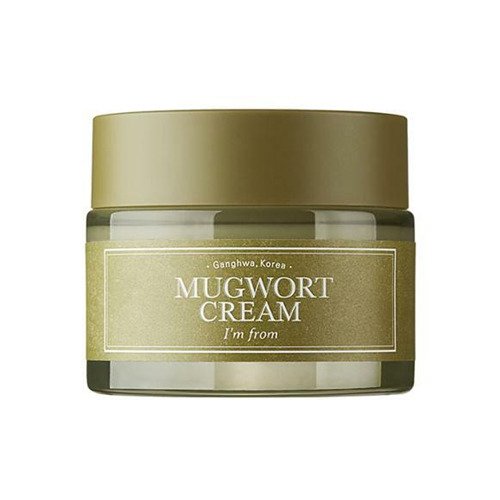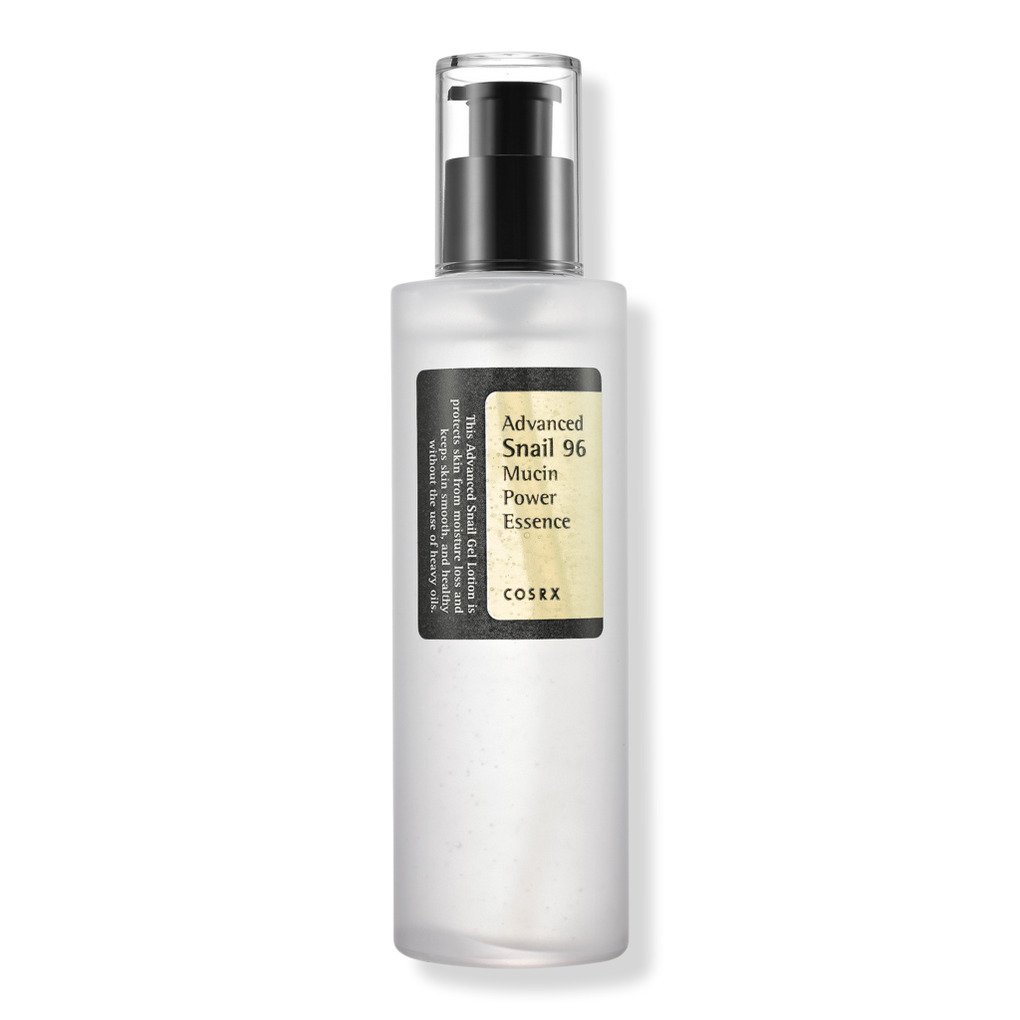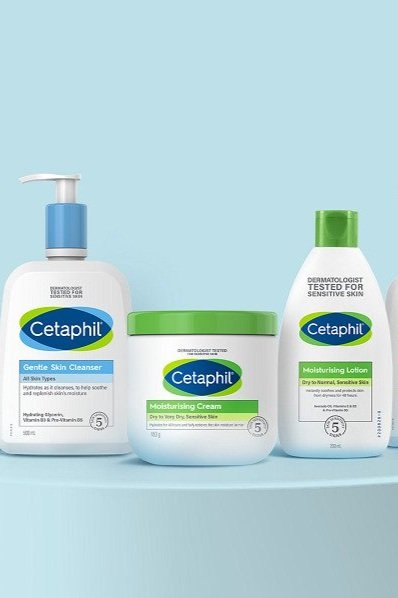What Makes K-Beauty So Unique?
What Makes K-Beauty So Unique?
By: Abby Fulmar
With the fall of traditional beauty influencers and the rise of the model-off-duty aesthetic, heavy glam is slowly becoming a thing of the past. The fascination with sharp contour and matte foundation has transformed into the desire for natural, “glazed donut” reminiscent skin. This shift has led many popular American beauty brands, such as Rhode Skin and Kylie Cosmetics, to market their products under the premise that by using simple, naturally-derived ingredients, anyone can achieve skin like Hailey Bieber and Kylie Jenner. However, even with Western brands’ various efforts, very few beauty products have had as substantial an impact as those produced by the Korean beauty industry. So, what differentiates K-beauty from its counterparts?
The marketing strategies used by many Korean brands are especially appealing to the new generation of beauty and skincare connoisseurs. In recent years, there has been significant growth in Asian representation and participation in foreign industries. Luxury brands are appointing more and more Korean artists as “global brand ambassadors,” and Korean music artists are becoming trendsetters in the worlds of fashion and beauty. This new exposure to Korean culture has caused people to wonder how these celebrities achieve what many Koreans call “glass skin.”
Along with celebrities showcasing the effects of Korean skincare, the minimalistic and eco-friendly aesthetic associated with Korean skincare and makeup brands conveys a message of natural, clean beauty, which stands out when compared to many American brands’ bolder and brighter packaging.
However, Korean beauty companies understand that presentation is not enough; buyers need to see long-term results. That is another reason Korean beauty differs from others. It focuses on preventative, not reactive, skincare. They use natural ingredients such as mugwort, snail mucin, birch sap, and fermented rice water to seep into the skin and fix it from the inside out. This is sharply contrasted by American skincare where the most popular ingredients include glycolic, lactic, tartaric, and citric acids, which are intense and often used to treat breakouts after they have occurred. Achieving internal before external beauty is the mission statement of many Korean brands, and their natural, less aggressive ingredients reflect that. Consumers are starting to realize that to achieve radiant skin, the skin itself needs to be youthful and healthy, an idea that K-beauty products are created to target.
The Korean beauty industry has taken over the world, accumulating close to $6 billion in revenue in 2021 alone. This can be attributed to smart marketing strategies and a focus on using natural ingredients rarely found in America. With more and more Korean products appearing in the U.S. market every day, there is no denying that the beauty industry is changing drastically due to the virality and uniqueness of K-beauty products.
For more insight on the worlds of beauty and fashion, keep reading umsquaremagazine.com and follow us on Instagram @um.squaremagazine.
All images belong to their respective owners.




